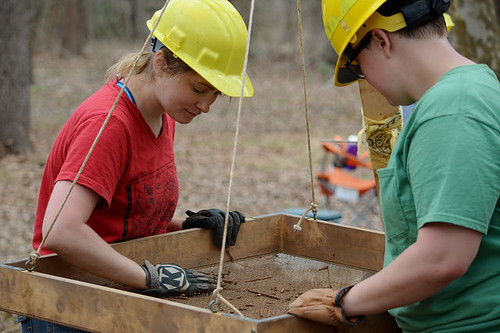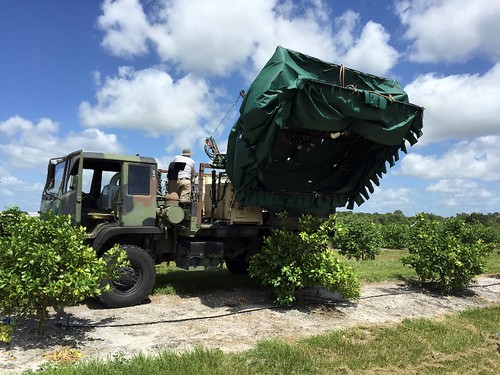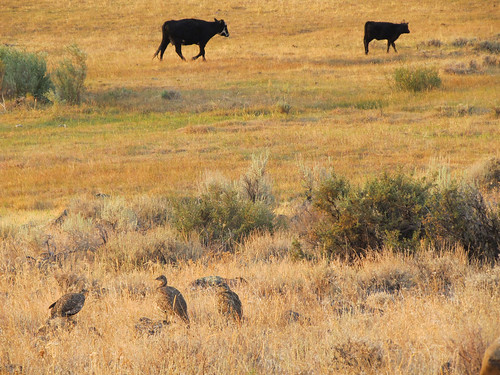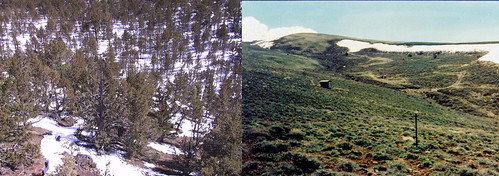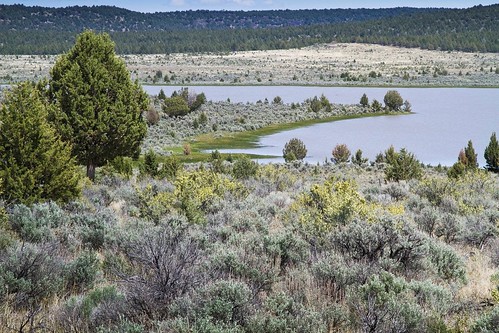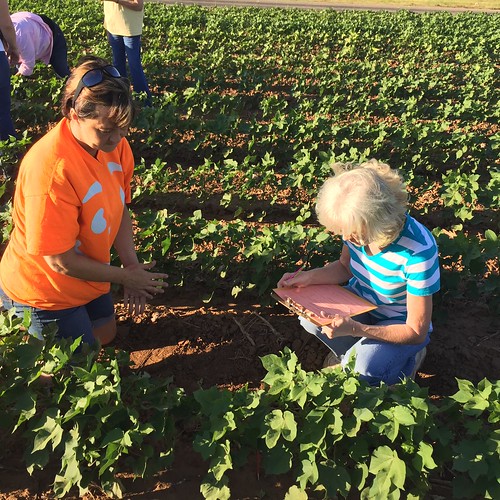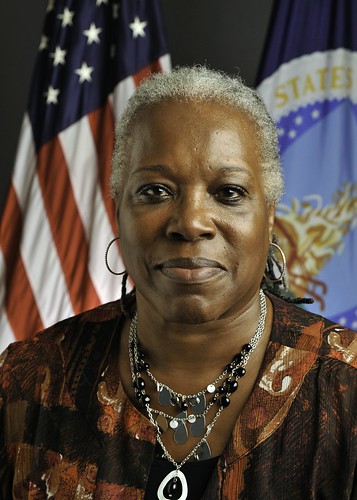
Agriculture Assistant Secretary for Civil Rights Dr. Joe Leonard (right) and an auditorium full of U.S. Department of Agriculture employees laughed, listened and learned of the Reverend Al Sharpton’s insights about the topic of “Civil Rights in the Age of Obama,” on Monday, February 28, 2011 in Washington, D.C. USDA photo by Lance Cheung.
Throughout the month of August, we are reflecting on changes we’ve made over the past eight years to create a culture of inclusivity among USDA employees and the diverse communities we serve. For a broader look at our progress, check out our Results project here:
As a kid during the first years of desegregation in Austin, Texas’ public schools, many of my early experiences were shaped by race, and I quickly became familiar with the life-changing impacts discrimination can have on individuals both young and old. While a lot for any kid to experience, these circumstances taught me the power of inclusion, and from them, I became aware of the ways diversity and fairness can help repair troubled histories and heal the wounds of the past. These lessons have shaped my life’s work.
When Secretary Vilsack and I arrived nearly eight years ago, we were aware of USDA’s imperfect history marked by denial of equal service – too often based on race. It was admittedly a terrible situation by any accord. We had our work cut out for us, and got started quickly by examining our history deeply and thoroughly, bringing to light the most challenging aspects of the Department’s past.
Right away, Secretary Vilsack made an unprecedented proclamation calling for a new era for civil rights at USDA and since then, we’ve created new policies, corrected past mistakes and charted a stronger, more inclusive path for the Department and the people we serve. Today, while there’s still much to accomplish to repair the imperfect legacy we inherited, we’ve made significant progress that cannot be overlooked.
When we arrived in January 2009, we were met with more than 14,000 administrative claims of discrimination that had languished for decades at USDA – unresolved – with no formal processes to provide pathways to justice. Thousands more claims waited in the federal district courts, neglected and unresolved. We didn’t waste a moment, acting swiftly and aggressively to uproot inequality and correct past mistakes, beginning with the claims.
We settled large-scale class-action lawsuits in the federal district courts with Native American and African-American farmers and ranchers and established a unified claims process for women and Hispanic farmers and ranchers, which have provided more than $2.5 billion in combined payments to claimants, more than $118 million in debt relief and millions of additional dollars to nonprofit and educational institutions. We also reduced the inventory of pending civil rights complaints to its lowest level in five years and, during that time, we recorded the fewest customer complaints on record at the Farm Service Agency—the agency that deals most directly with farmers and ranchers.
Recognizing the economic setbacks caused by decades of discrimination, we established the Office of Advocacy and Outreach in 2010 to improve access to our programs and launched a new microloan program in 2013 to level the economic playing field for Americans interested in farming and ranching. Since its launch, we’ve provided more than 21,000 microloans across all 50 states, of which 7,147 went to socially disadvantaged farmers and ranchers. In 2015, we expanded the program to provide flexible access to credit and increased lending limits to make it easier for producers of all backgrounds to get the tools they need to thrive. Additionally, farm loan assistance provided by the Farm Service Agency has helped nearly 10,000 farmers in 2015 alone, of which 72 percent are considered socially disadvantaged or beginning—a record number compared to prior years. Since 2008, USDA’s annual lending to underserved producers has more than doubled from $380 million in 2008 to almost $830 million in 2015.
We know representation is critical, too, so before we could promote diversity outside the Department, we had to start from within. That’s why we worked diligently to diversify USDA’s Senior Executive Service Corps (SES) members and, today, our SES Corps is the most diverse across the U.S. government. In addition, we partnered with the Office of Personnel Management to develop a model intern-to-career program and by participating in innovative hiring events with an emphasis on historically underserved communities, we’ve seen a 140 percent increase in the number of minority students hired just over the past 5 years. Across the Department today, our staff looks more like the communities we serve, with 27 percent of our workforce comprised of minority employees.
We also made meaningful changes to the Farm Service Agency’s county committee structure by annually reviewing local administrative boundaries to ensure minority and women producers are fairly represented in regional jurisdictions. Around 7,500 elected members serve on county committees that meet in 2,124 USDA Service Centers nationwide. When statistical analysis demonstrated persistent lack of diversity in some county committees, Secretary Vilsack was the first to use his authority under the 2002 Farm Bill to appoint voting members representing socially disadvantaged farmers and ranchers to 385 county committees.
We inherited a fractured Department marred by decades of systemic inequality, but over the past eight years, the Obama Administration and Secretary Vilsack have taken big, bold steps to rectify past wrongs and ensure all Americans are met with dignity and respect. Across all 29 agencies and offices and all 4,500 locations, USDA employees have embraced diversity and inclusion to help USDA become a modern workplace, and because of their dedication, we are on the right side of history today.
We’ve made some real progress, but we also recognize eight years is simply not enough time to address all the challenges caused by generations of inequality. That’s why our work these past eight years brings me so much hope. As this Administration draws to a close, Secretary Vilsack and I are hopeful that the foundation we’ve laid—in cooperation with thousands of USDA employees and committed partner organizations—will be rock solid for the future, making sure all Americans have equal access to opportunity and the support they need to succeed.
